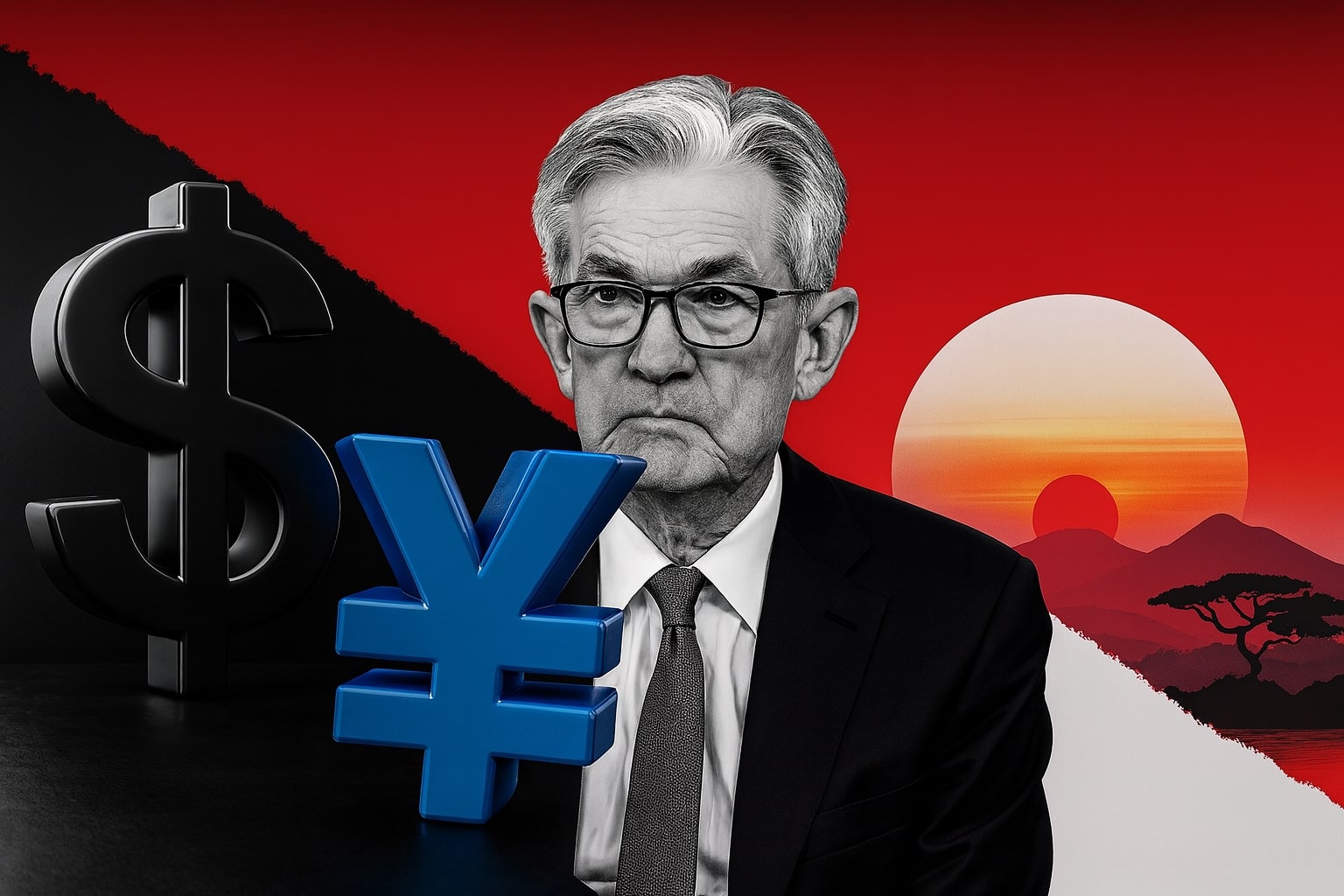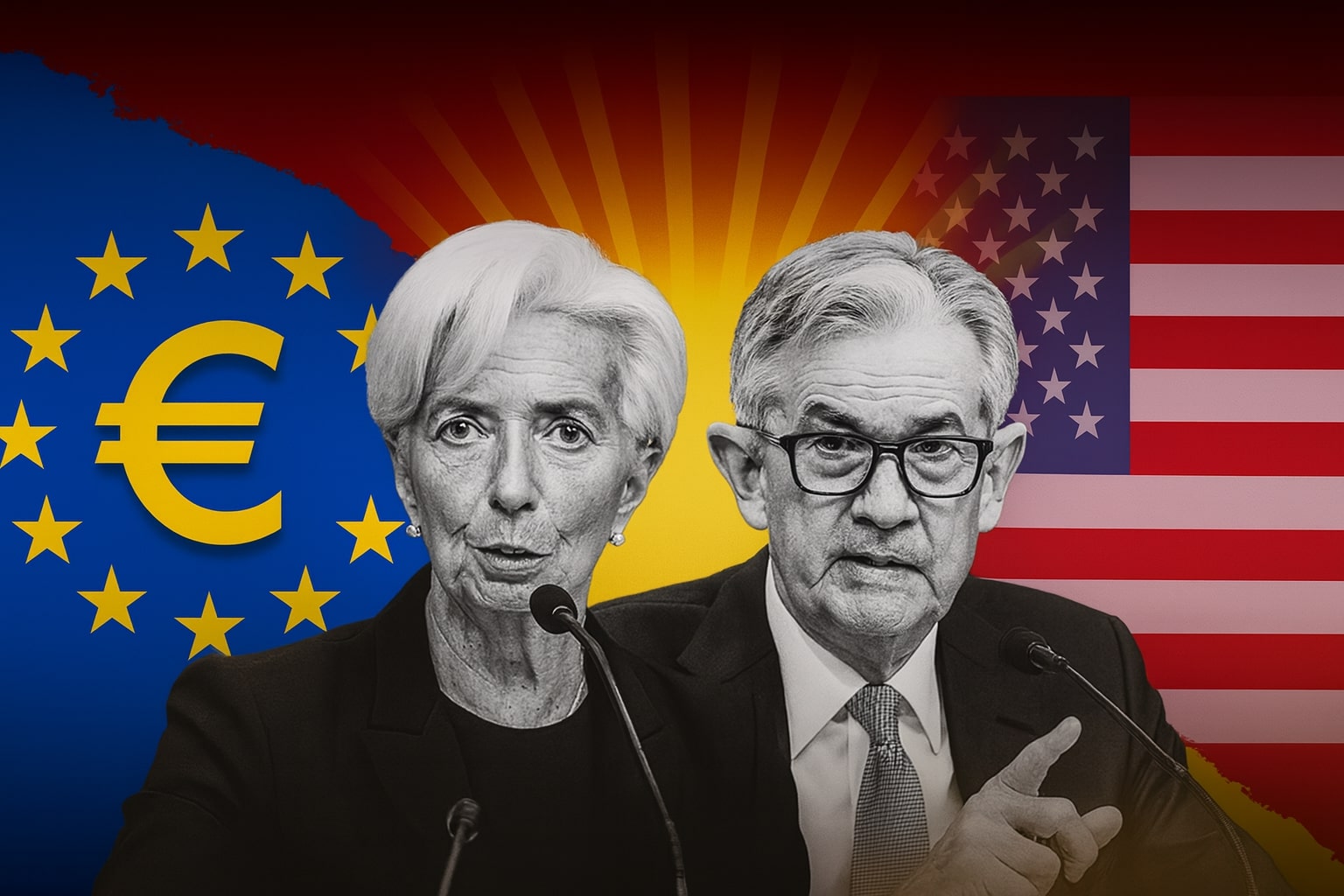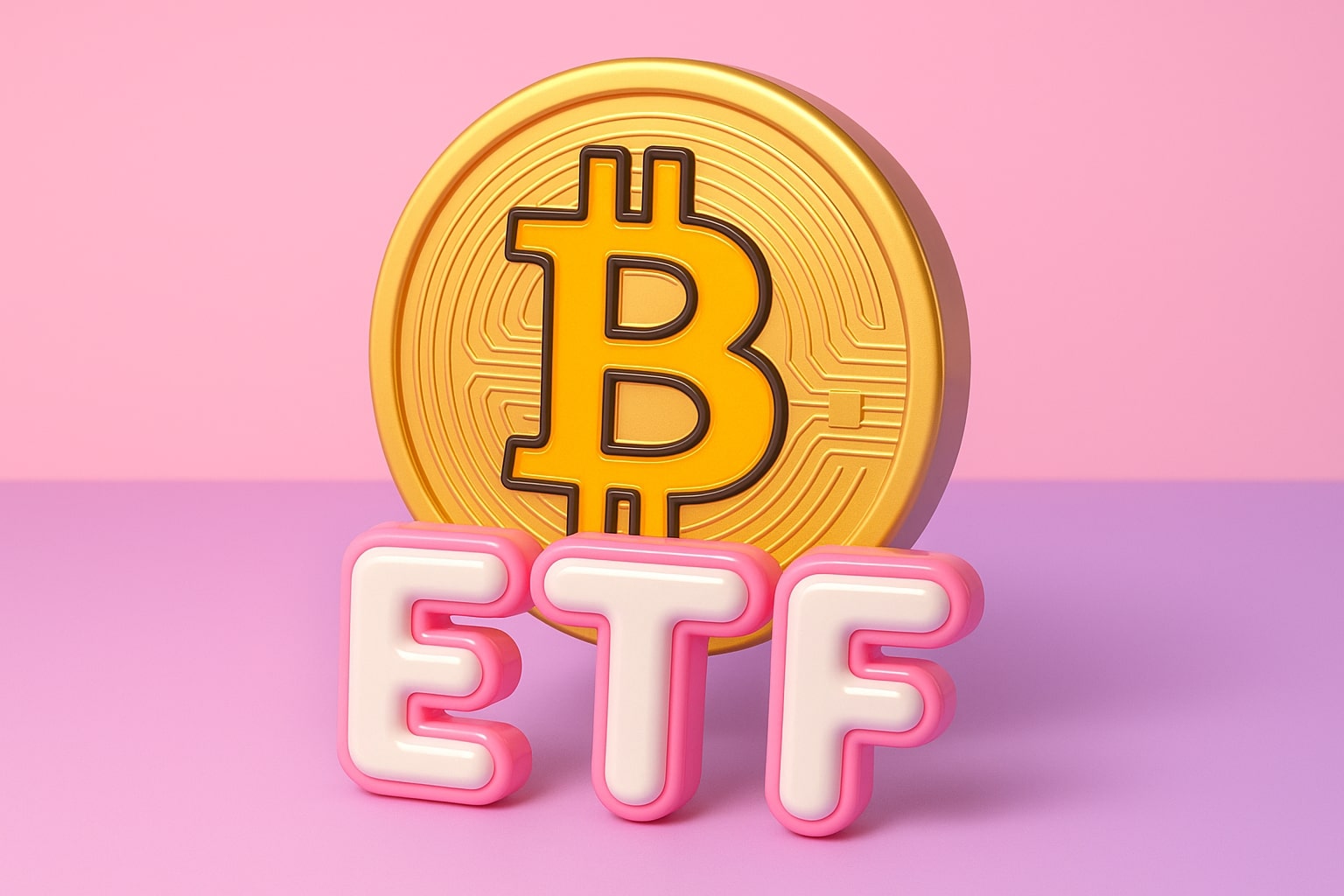
GBP/USD Price Forecast: Pound Struggles at 1.33 as U.S. CPI Falls to 2.8% and Growth Gap Widens
Sterling remains capped below 1.3350 after five days of losses, pressured by weak UK GDP (0.1%), sticky inflation, and strong U.S. data | That's TradingNEWS
GBP/USD Faces Tight Consolidation as U.S. CPI Cools and Pound Struggles Near 1.33
The GBP/USD pair trades narrowly around 1.3325, stabilizing after five straight sessions of declines. Despite softer U.S. CPI data showing inflation at 2.8%, sterling has failed to gain momentum as the UK’s sluggish Q3 GDP growth of just 0.1% weighs on sentiment. The currency pair oscillates in a short-term consolidation zone, supported slightly above the 1.3300 level but capped by resistance at the 100-hour moving average near 1.3354. The pound’s inability to reclaim that resistance reflects persistent weakness stemming from inflation challenges, weak domestic demand, and policy uncertainty within the Bank of England’s framework.
Dollar Strength Meets a Fragile Pound as Monetary Divergence Deepens
The U.S. dollar’s resilience remains rooted in shifting market expectations for Federal Reserve rate cuts, following a string of softer inflation reports. The CPI decline to 2.8% marks the third consecutive monthly slowdown, fueling speculation that the Fed could pivot earlier than initially projected. However, while this has temporarily eased dollar pressure, the broader macro environment still favors the greenback due to robust employment and consumer spending data in the U.S.
In contrast, the British pound continues to struggle under the weight of persistent inflation, forcing the Bank of England into a precarious stance. With consumer prices still exceeding forecasts and energy costs remaining high, policymakers are caught between controlling inflation and preventing recession. This divergence between U.S. and UK monetary policy has widened rate differentials, strengthening the dollar and leaving GBP/USD unable to mount a sustainable recovery.
Technical Crossroads: 1.3247 Support and 1.3350 Resistance Define the Battlefield
From a technical standpoint, GBP/USD trades within a compressed channel defined by support at 1.3247 and resistance at 1.3350, with a clear downside bias. A decisive break below 1.3247 would open the path to the 1.3140 cluster, which includes the 38.2% retracement of the 1.2099–1.3787 range, a key technical confluence. Below that, traders are eyeing the 200-day moving average near 1.3225 as a critical pivot.
On the upside, reclaiming 1.3354 (the 100-hour moving average) would be the first signal of recovery, but momentum indicators remain weak, and RSI continues to hover around neutral territory. The failure of bulls to sustain rallies beyond 1.3340 after the CPI release shows that sellers remain firmly in control. Should sterling manage to break above 1.3526, it could trigger an acceleration toward 1.3725–1.3787, though that scenario requires a major shift in sentiment around UK growth prospects.
Macro Headwinds: UK CPI Pressures, Stagnant Growth, and Policy Fatigue
The latest UK CPI report revealed inflation still running hot, eroding real wages and straining household budgets. Persistent inflation above the 2% target has cornered the BoE, limiting its room to maneuver. With GDP growth stuck at 0.1%, the UK economy risks stagflation — a toxic mix of slow growth and elevated prices.
The British pound’s weakness also stems from investor doubts about the BoE’s strategy. Market participants perceive hesitation within the central bank as inflation expectations remain unanchored. Government bond yields reflect this anxiety, with gilts fluctuating after the CPI release as traders recalibrated their rate forecasts. A continued lack of policy clarity will likely cap sterling’s upside and keep GBP/USD tethered near current levels.
U.S. Outlook: Fed’s Cooling CPI and Market Risk Appetite
Across the Atlantic, U.S. data has shown surprising resilience. The Dow Jones Industrial Average reached record highs following the cooler CPI print, underscoring investor optimism that inflation may be sustainably declining. However, this optimism hasn’t fully translated into dollar weakness because Fed officials have signaled caution about cutting rates too quickly.
The market’s current pricing implies at least one rate cut before mid-2026, but policymakers maintain flexibility depending on labor and wage dynamics. This cautious stance has kept Treasury yields relatively supported, helping the dollar maintain its edge over currencies like sterling. The GBP/USD pair, therefore, remains a reflection of monetary divergence — a strong U.S. narrative against a struggling UK backdrop
Read More
-
VIG ETF Hits $220.60 as Dividend Growth and $116.6B AUM Signal Renewed Upside
09.12.2025 · TradingNEWS ArchiveStocks
-
XRP ETFs Cross $1.2B AUM as XRPI at $12.34 and XRPR $17.31 Signal Accelerating Institutional Demand
09.12.2025 · TradingNEWS ArchiveCrypto
-
Natural Gas Prices Slide to $4.60 (NG=F) After Two-Day 13% Drop — EIA Still Sees $5 Average
09.12.2025 · TradingNEWS ArchiveCommodities
-
USD/JPY Price Forecast - Pairs Steadies Near 156.90 as Fed Cut and Yield Gap Shape Path Toward 157.80
09.12.2025 · TradingNEWS ArchiveForex
Geopolitical and Trade Sentiment: U.S.-China Talks Add Volatility to FX Risk Premiums
Broader macro sentiment has also weighed on GBP/USD as traders await the outcome of U.S.-China trade talks in Malaysia. Following earlier negotiations in Geneva that ended without significant progress, markets remain wary of renewed tariff risks, particularly after U.S. officials hinted at revisiting import levies on European and Asian goods. This uncertainty has elevated implied volatility on sterling, with one-month options volatility climbing to 8.5%, signaling traders’ readiness for sharp directional moves once headlines emerge.
Market Strategy and Volatility Positioning
The pair’s prolonged sideways range suggests opportunities in volatility-based strategies. Traders have favored short strangles and iron condors to capitalize on premium collection as GBP/USD fluctuates around the 1.3300 handle. With implied volatility still above historical averages, these structures remain profitable provided no major breakout occurs.
Directional traders, however, are positioning cautiously. Buying put options below 1.3300 offers a controlled downside bet, especially given the repeated failures near resistance. Conversely, speculative call buyers see potential for a squeeze higher if U.S.-China trade progress triggers broader dollar softness. The prevailing market tone favors defensive positioning, reflecting a cautious but opportunistic environment.
Long-Term Structure: Sterling’s Bearish Bias Persists
The long-term technical map reinforces a bearish medium-term view. The rally from the 2022 low at 1.0351 to the 2024 high near 1.3433 appears corrective within a broader downtrend. The 55-week EMA at 1.3191 remains a crucial dividing line — a sustained break below would confirm that a medium-term top has formed and expose downside targets toward 1.2099.
Resistance near 1.4248–1.4480, corresponding to the 38.2% retracement of the 2.1161–1.0351 range, continues to cap long-term bullish reversals. Until that zone is breached decisively, GBP/USD remains structurally bearish in the bigger picture, with rallies likely to face heavy selling into resistance.
Comparative Currency Dynamics: EUR/USD and USD/JPY Context
The broader forex landscape offers important context for sterling’s behavior. EUR/USD trades steadily around 1.1600, reflecting similar European growth challenges, while USD/JPY continues its climb amid Japan’s ultra-loose monetary policy. These divergences highlight how differing central bank approaches shape global flows — and why sterling’s vulnerability persists when the BoE lags behind in communication and credibility.
Correlations with Equities and Commodities
Equity markets have softened sterling’s decline marginally. The Dow Jones rally and easing commodity prices — with gold above $4,100 and oil steady at $61.50 — have supported risk sentiment, but not enough to lift the pound meaningfully. A stronger U.S. equity backdrop has historically corresponded with modest sterling resilience; however, that correlation weakens when UK-specific risks dominate.
Verdict: GBP/USD Bias Remains Bearish
Based on current fundamentals, technicals, and sentiment, GBP/USD (1.3325) carries a bearish bias with limited upside catalysts. The pair is vulnerable to renewed declines toward 1.3247, with risk extending to 1.3140 if the BoE remains constrained and inflation persists. Only a clean break above 1.3350–1.3520 would shift the short-term outlook to neutral.
→ Buy Zone: None recommended until a close above 1.3526
→ Hold Zone: Between 1.3300–1.3350 (consolidation area)
→ Sell Zone: Below 1.3247, targeting 1.3140–1.3100
The technical compression, macro divergence, and fragile UK growth collectively argue for continued weakness. The pound’s fate in coming weeks hinges on whether U.S. data continues to cool and if the BoE can restore credibility without deepening the growth slump — a balancing act that so far, remains unresolved.



















